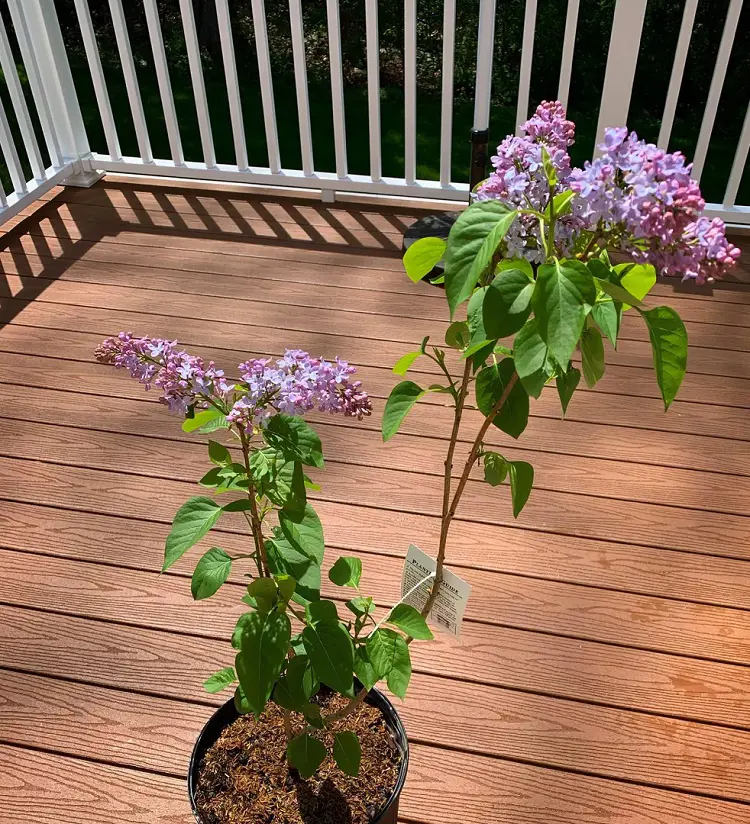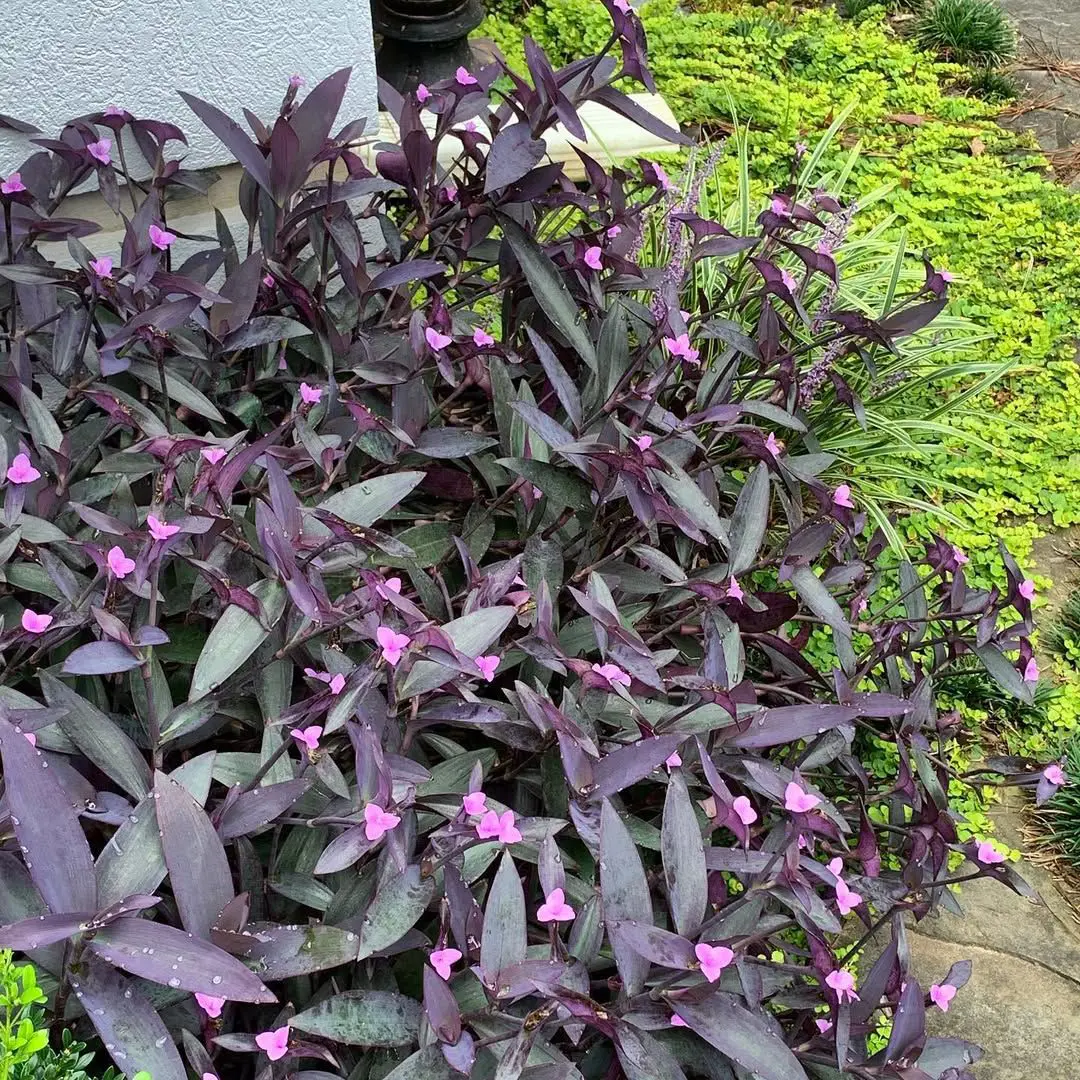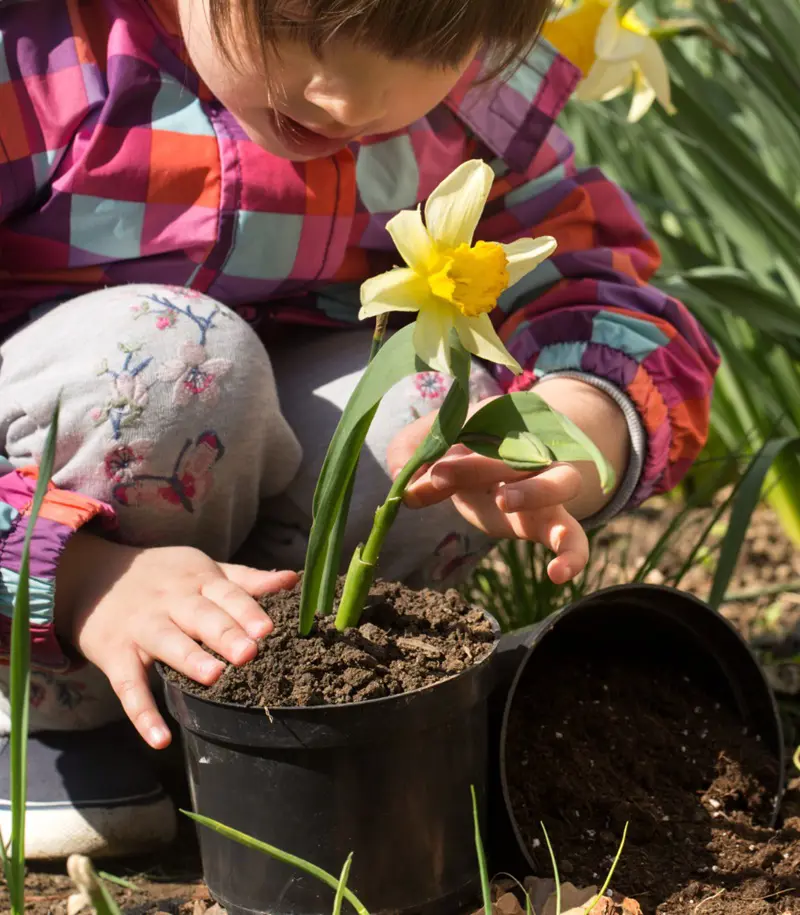When and Where to Plant Lilac Bushes

Considering where and when to plant lilacs is crucial. Planting them randomly without proper sunlight, well-drained soil, and appropriate spacing can lead to poor growth, reduced blooms, and susceptibility to diseases.
Ideal planting conditions ensure healthy development and abundant flowering, making careful planning essential for successful lilac cultivation.
Light Requirements
Lilacs thrive in full sun, requiring at least six hours of direct sunlight each day. Planting them in a location where they receive plenty of sunlight will ensure they produce abundant, healthy blooms. While lilacs can tolerate partial shade, they may not flower as profusely.
Soil Requirements
Lilacs prefer well-drained, slightly alkaline soil (pH 6.5 to 7.0). Poorly draining soil can lead to root rot and other issues, so it's crucial to plant them in a location with good drainage.
Conducting a soil test before planting will help you determine the pH level and nutrient content of your soil. If necessary, you can amend the soil with lime to raise the pH level.
Spacing
Lilac bushes can vary in size depending on the variety, but most standard lilac bushes should be spaced about 10 to 15 feet apart to allow for adequate air circulation and growth.
Dwarf varieties can be planted closer together, about 4 to 6 feet apart. Proper spacing helps prevent fungal diseases and ensures each plant has enough room to grow to its full potential.
Planting Time
The best time to plant lilacs is in the spring after the danger of frost has passed or in the fall before the ground freezes. Planting during these times allows the roots to establish themselves before the heat of summer or the cold of winter.













